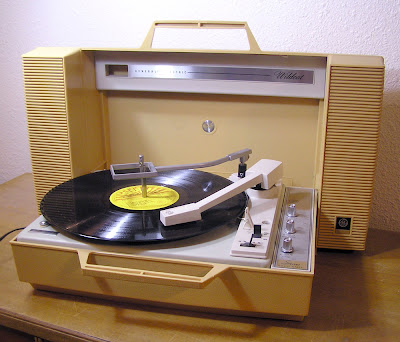I found this awesome YouTube clip that will REALLY take you back to 1975.
It's an unscoped aircheck from a rock station, "The All New K-Keg 92" KKEG-FM Fayetteville, AR from 1975.
Complete with music, jock and original commercials. The guy who posted this said he found it on an 8-Track tape somebody recorded and he transferred it on YouTube.
".....this was most likely recorded in order for the owner to be able to listen to the radio while driving through the dead-air area between Fayetteville and Little Rock that existed in NW Arkansas during the mid-70s......."
And believe me, this can take you there and beyond. I don't know who Bo James was, but he definitely had the right sound for this format.
This was what Classic Radio REALLY sounded like back in the day. You'll hear the Doobie Brothers cover version of "Jesus Is Just Alright" ad nauseum today. But NEVER the Byrds ORIGINAL.
See how much of this music you haven't heard in EONS - if at all. (Segues like Blood Sweat & Tears cover of "Ride Captain Ride" into "Liar" Queen anyone?)
KKEG is still on the air and still rockin', but they've moved up the dial to 98.3 FM. KKEG's original 92.1 frequency is now home to an ESPN sports station.
Pop open a can of Tab and enjoy......
It's an unscoped aircheck from a rock station, "The All New K-Keg 92" KKEG-FM Fayetteville, AR from 1975.
Complete with music, jock and original commercials. The guy who posted this said he found it on an 8-Track tape somebody recorded and he transferred it on YouTube.
".....this was most likely recorded in order for the owner to be able to listen to the radio while driving through the dead-air area between Fayetteville and Little Rock that existed in NW Arkansas during the mid-70s......."
And believe me, this can take you there and beyond. I don't know who Bo James was, but he definitely had the right sound for this format.
This was what Classic Radio REALLY sounded like back in the day. You'll hear the Doobie Brothers cover version of "Jesus Is Just Alright" ad nauseum today. But NEVER the Byrds ORIGINAL.
See how much of this music you haven't heard in EONS - if at all. (Segues like Blood Sweat & Tears cover of "Ride Captain Ride" into "Liar" Queen anyone?)
KKEG is still on the air and still rockin', but they've moved up the dial to 98.3 FM. KKEG's original 92.1 frequency is now home to an ESPN sports station.
Pop open a can of Tab and enjoy......

 .
.












